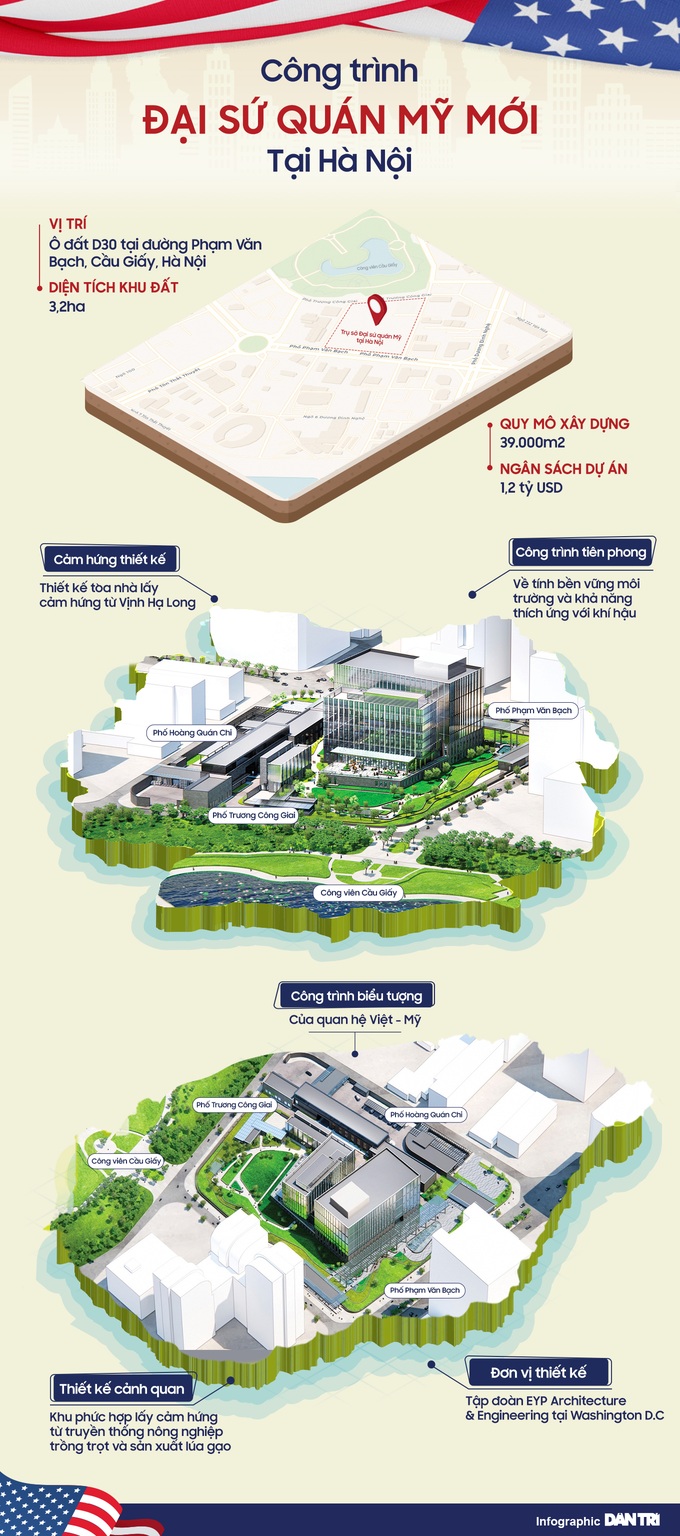
US Secretary of State Antony Blinken is visiting Vietnam from April 14-16. In Hanoi, Mr. Blinken will have important discussions with Vietnamese counterparts as the two countries celebrate the 10th anniversary of the establishment of the Comprehensive Partnership. The US Secretary of State will also meet with senior Vietnamese officials to discuss a shared vision for a connected, prosperous, peaceful, and resilient Indo- Pacific region.
Also within the framework of his visit to Vietnam, Secretary of State Blinken will attend the groundbreaking ceremony for the construction of the new US Embassy headquarters in Hanoi on the morning of April 15.
In 2019, the US and Vietnam reached an agreement on the location for the US Embassy Complex in Hanoi. In early 2021, the Hanoi People's Committee approved the US to lease the site and issued a land lease decision.
The US Embassy Complex covers an area of 3.2 hectares on Pham Van Bach Street, Cau Giay, Hanoi, a developing commercial and residential area. One side of the complex borders Cau Giay Park. As a symbol of an important milestone in the diplomatic relations between the US and Vietnam, the US Embassy Complex is located in a modern urban space that reflects the culture and vitality of Hanoi city.
According to the US Embassy, the estimated construction scale of the new US Embassy in Vietnam is 39,000m2 with a total investment of 1.2 billion USD. The building design is inspired by Ha Long Bay, demonstrating a forward-looking, dynamic, adaptive and transparent approach to US foreign policy. The landscape design of the Embassy complex is inspired by the agricultural traditions of rice cultivation and production, such as the terrain of the Mekong Delta and the Red River Delta, and is connected to the inherent history of the area where the complex is located, which was a rice field in the early 2000s.
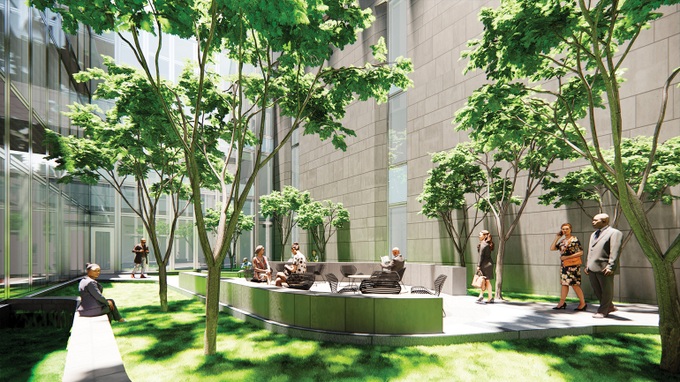
The US Embassy complex will ensure environmental sustainability and climate resilience (Image: EYP).
The US Embassy added that the complex will demonstrate leadership in environmental sustainability and climate resilience. The interior furnishings will be healthy and energy efficient through the use of sustainable materials with high levels of recycled content, low carbon emissions, and low levels of volatile organic compounds (VOCs).
The Bureau of Overseas Operations (OBO) and the U.S. Department of State are committed to meeting high environmental and sustainability standards in Hanoi and around the world, building on decades of achievements in this area.
Experts from the U.S. Department of State’s Bureau of Overseas Establishment Operations (OBO) are responsible for overseeing the design, construction, relocation, and facilities management of the Embassy. Washington, DC-based EYP Architecture & Engineering is the architectural firm, working with a diverse team of experts to provide innovative design and engineering solutions.
A key goal of the design team was to incorporate design elements from both the United States and Vietnam, including artwork from American, Vietnamese, and Vietnamese-American artists. The U.S. Embassy said the complex’s design would become a symbol of the friendship between the United States and Vietnam.
Source





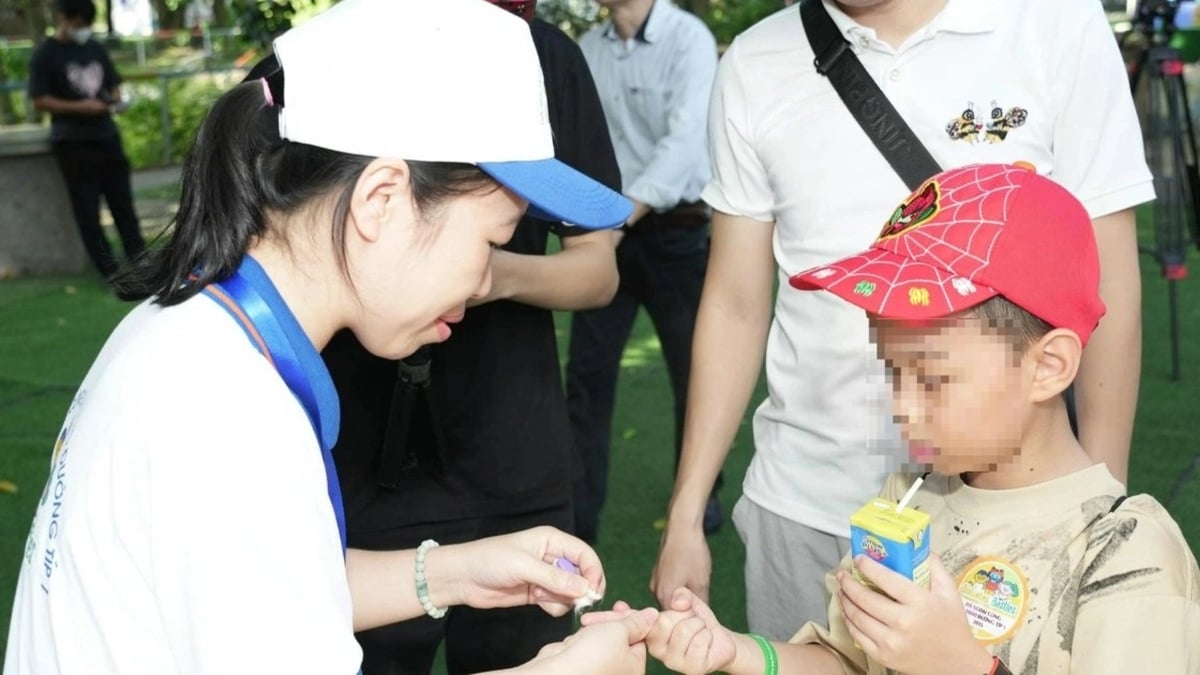
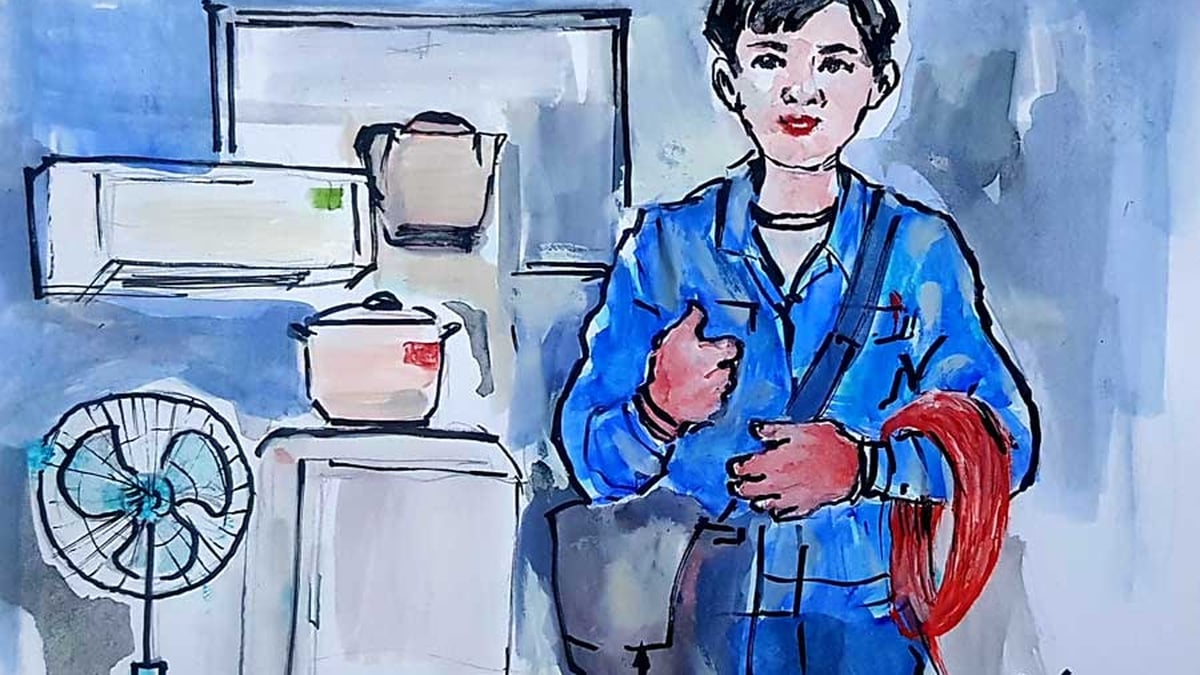


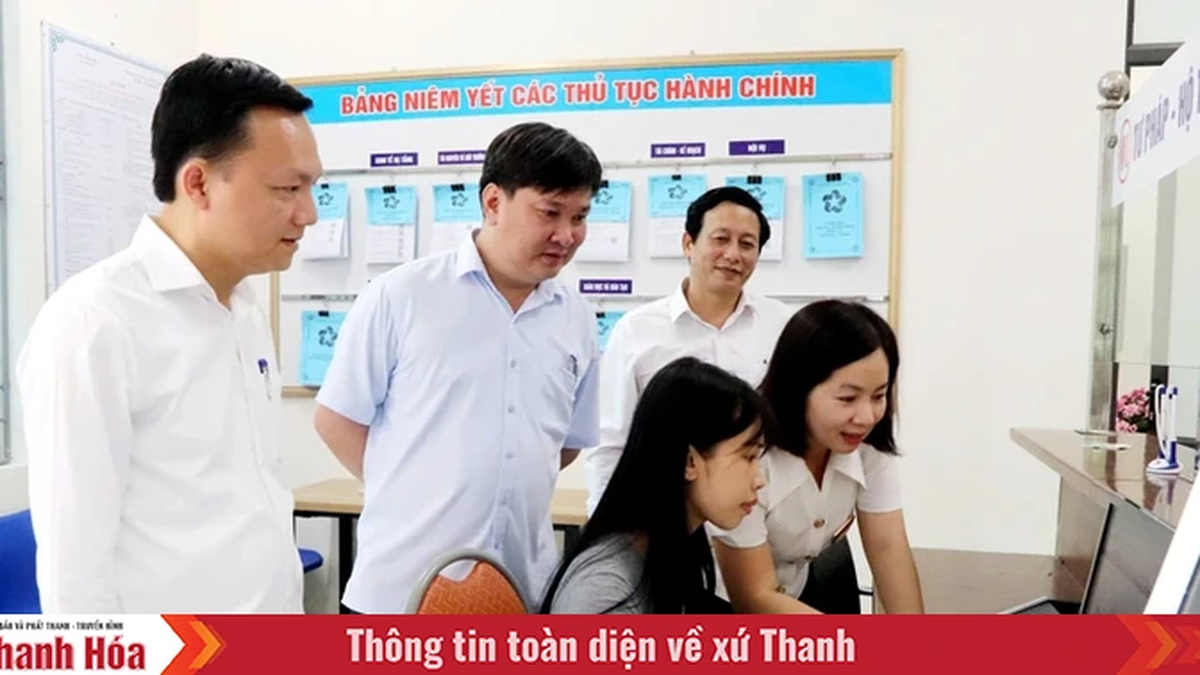

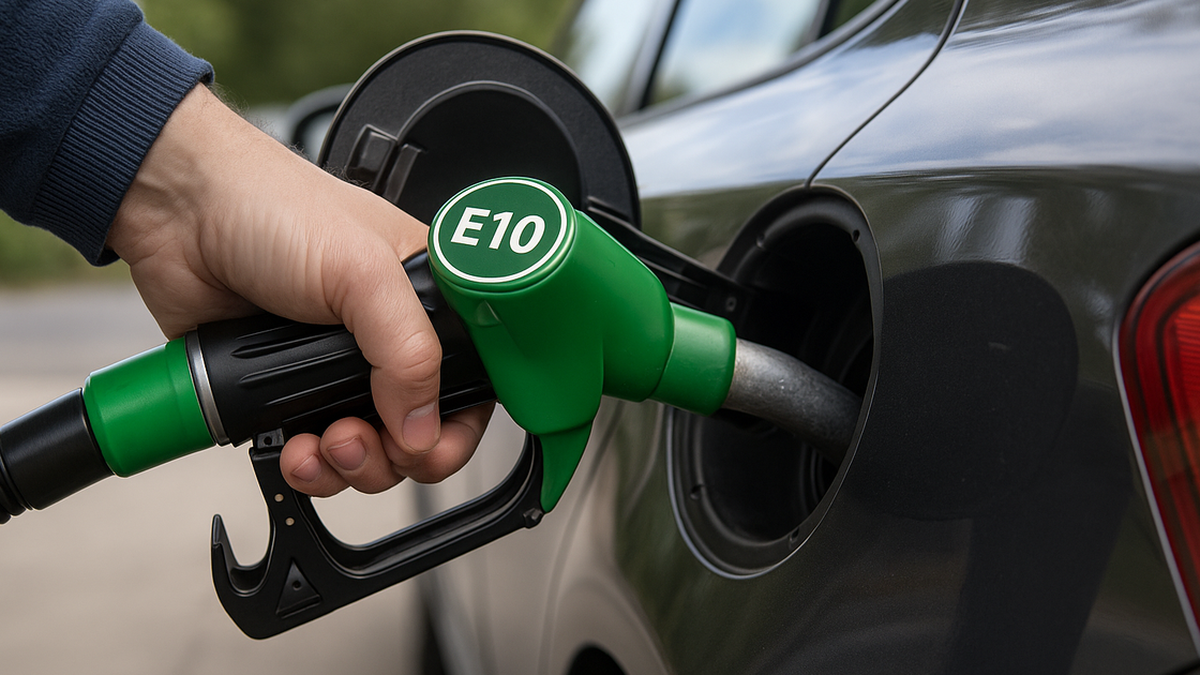






















































































Comment (0)